Are you worried about your inexperience with information about the maintenance of your motorcycle?
Do you leave these tasks to professionals? Do you worry that you could damage your bike?
If so, this article is for you.
Basic Maintenance
There is no one born with the same amount of knowledge on motorcycles. The mechanic’s ability to do everything on your behalf will ensure your bike is safe and well-maintained. Still, it’s expensive, and you’ll gain very little.
When anyone bought his or her first motorcycle, they had no mechanics knowledge about motorcycles. I had to have washed it three times during the first day of ownership before being in a rush to unscrew or remove anything!
In time, motorcyclists realize that understanding their motorcycle’s parts and how they work helps make sure they are safe while reducing their expenses and making the most of their riding.
Read The Manual (Yes, Seriously!)
What is the best way to begin with some simple checks and light tasks to help get started and gain experience and confidence?
The first step to knowing the basics of motorcycles is to own one!
The best thing about owners’ manuals is that they’re written for the owner and not experienced mechanics. They also have their version available for download with schematics and parts listings.
Owners, naturally, are available in various shapes and sizes with various levels of technical expertise.
Their guides are a more relaxed read, similar to an illustrated storybook that begins with a congratulation on the purchase, followed by simple riding tips.
The key is to stay with the text, go through it, and check the illustrations and diagrams against the real-world situation. Don’t be concerned if you don’t completely grasp the concepts first. At this point, you can understand the bike language and create an understanding to which you can apply further layers.
Look and Listen
The term “maintenance” is a misnomer. In general, it means that disassembly, tooling, and reassembly occur. Still, it’s not much more than the visual check-ups and light testing of operating controls.
The term “preventative maintenance” is typical of this description, but what are we trying to accomplish with it?
Don’t wait for an issue to arise before you take action.
Motorcycles “talk” to us, and it’s crucial to listen. :
The way the bike communicates, warning the rider to stop, turn off and look, the sound of vibrations, noises, grinding or rattling, whistling, rasping clicks, and the sensation of resistance that is not intended.
Preventative maintenance is the art of identifying potential issues before the bike starts to talk.
Here’s a list of 10 checks and inspections that can help you get started:
- Warming Up
If your bike is cold after an overnight on your driveway, oil from the engine, by the law that governs gravity, will sit at the bottom of your sump.
It is a good idea to start the bike fast, or revving up the engine well before the oil has had the chance to flow and grease the moving parts is not wise.
Give at minimum 30 seconds, and ideally longer, for the oil to circulate.
Ideally, let the temperature gauge be raised to its normal operating temperature.
Now you’ve got a nicely heated bike that lets the oil do its job.
- Tires
With up to 250kg of rider and bike together, just tiny millimetres of rubber keeps that weight off the road.
Verify the condition of the tread and the general condition, making sure there aren’t any damages to the walls and any protruding objects or spots of wear.
UK law requires a minimum tread of 1mm over 75 cents of the tread with visible tread remaining 25 per cent.
- Chain
A loose chain can slide off the sprockets, become caught in a knot, and eventually lock the back wheel.
A tighter chain isn’t as risky; however, it can be damaged and wear parts with extended tension.
Put two fingers on the bottom of the chain and try to raise it. In general, 1.5 inches should be just right; however, you must consult the manual.
The weight of the load, riders, and pillions increase tension. Make sure you be sure to review the situation if they are present.
Adjustments are made using the wheel nuts on the rear and adjustment screws.
A dry or rusty chain could pose a threat to safe handling.
Set your bike on the main stand, and raise the rear wheel while spinning it slowly. Apply a thick layer of chain lubricating oil suitable for the bike you are riding.
The ideal time to apply this is following your ride or in the evening to allow the oil to soak into your chain throughout the night.
- Liquids
The engine, the clutch brakes, the cooling system, and the steering require liquids to either lubricate them or supply pressure.
Each reservoir has a storage space where you can assess levels.
The guidebook will explain the exact location of the areas of concern, what type of oil or fluid to choose, and how to check and refill them properly.
Fork oil or steering fluid should be left in the garage because it requires replacing and removing many rings and other parts.
Ensure the bike is mounted on the central stand and kept at a level while checking the oil and fluids. This will ensure an even reading.
- Cables & Lighting
The cables and leads can be everywhere on your bike. A quick inspection of the bike will reveal any damaged or loose cables.
They must be secured and streamlined. They should not be tangled or flailing in places where they could be stuck.
The deterioration of cable and connection points could cause sudden loss of clutches, break or lighting components. They must be replaced as soon as they become damaged.
The lights are simple enough to determine by turning on the ignition and then turning the switches on each light. Brake lights, indicator lights, headlamps, and beams all run on distinct bulbs.
Also, ensure that you are using the correct height of your headlamp’s coverage area to ensure that you’re not blinding the car ahead and can see enough at night.
The manual you received will tell you exactly where you will find the adjustment screw on the headlight.
- Battery
Typically, it is hidden away in a box secured from dust and rain can be found in the battery.
Modern motorcycle batteries require minimal maintenance, but due to the constant vibration and the use of its potential, the terminal connections could become loose or collect dirt, preventing the smooth flow of electric charge.
The terminal connections should be spotless, and the screws must be tight.
A dead battery can be recharged; however, a battery that isn’t charging well that runs continuously low could require replacing. Find our list of the top motorbike battery chargers.
- Brakes
Apart from the fluid levels in your brakes, It is also important to check the thickness of the brake pads. These elements clamp or grip the brake disc and force your bike to slow and stop.
In all likelihood, continual usage will put enormous pressure on the devices and eventually cause them to wear down.
It is possible that you don’t want to replace the parts yourself, but examining their condition is easy enough.
The pads are sold in two sets. They appear thin and have been used. Healthy pads are thicker.
- Air filters
Air filters catch dust and particles to ensure a smoother flow of air and better performance.
Filters that are dirty or blocked affect performance and should be replaced or cleaned. This is usually a simple task for those new to the field. You can take off the filter, wash it with the kerosene solution, and then replace it after coating it with a light coat of oil for engines.
The latter allows dirt and dust to adhere to the oil instead of moving across the filter. It is also essential that the filters are dried immediately following the cleaning with kerosene.
Air filters aren’t that expensive, so you can consider replacing them instead of regular cleaning.
- Bolts and nuts
Everywhere you ride potential areas for loosening.
When you have your bike at the top of the stand, spend an hour or so checking the wheel nuts and handles, side panels and baggage racks, mirrors on the wing, the mudguards, and any other items working in the future.
- Mechanics
There will come the point at which it’s not advisable or even dangerous to try certain tasks independently.
Mechanical engineers are meticulous with how they work. And are meticulous in removing and replacing objects in the right order and in the correct procedure to do it.
The stripping of engines and other major tasks is often a subject beyond the scope of untrained eyes.
It is possible to learn anything. Suppose you discover an interest in the in-depth study of motorcycle mechanics. In that case, you can consider a class and an apprenticeship.
Conclusion
Read, look over, do light maintenance in your comfortable area and become interested. A curious mind is full of information. Learn from that and enhance the tasks you can complete.
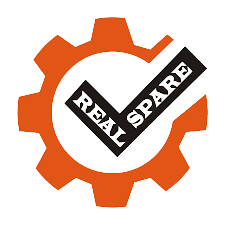

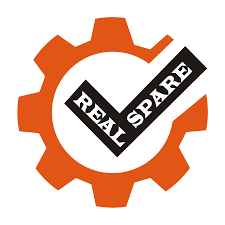



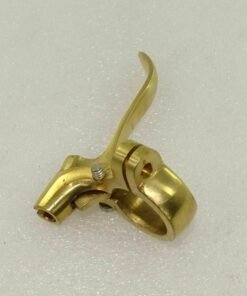
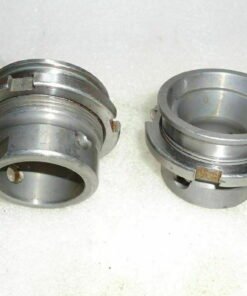


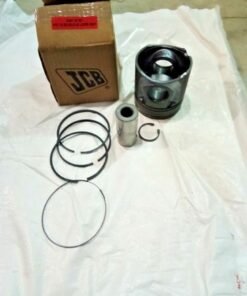
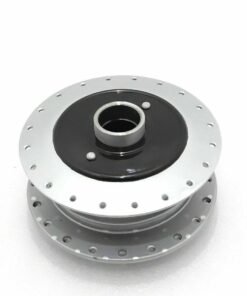

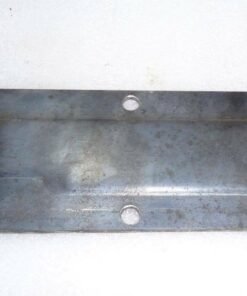
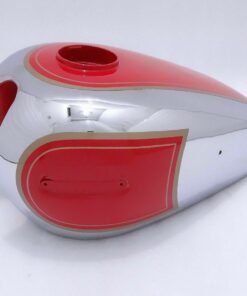
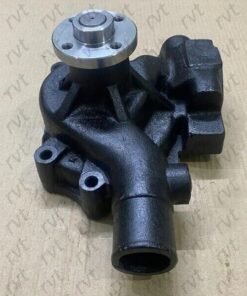
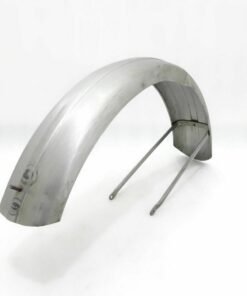
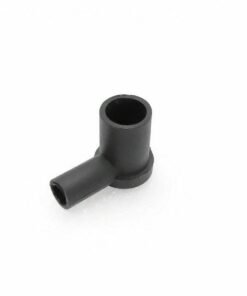
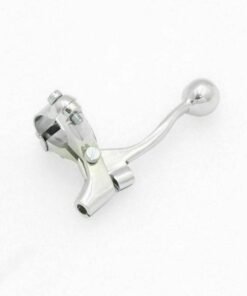



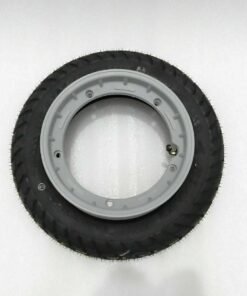


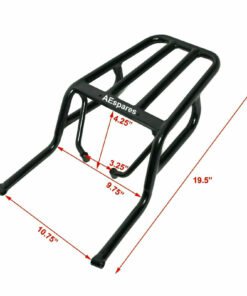

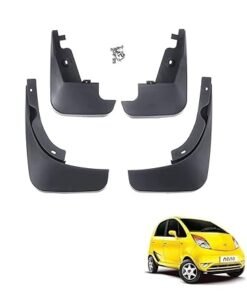
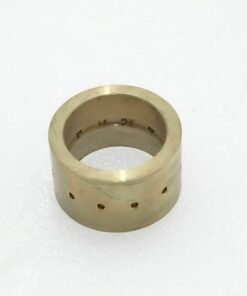
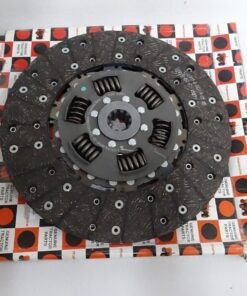
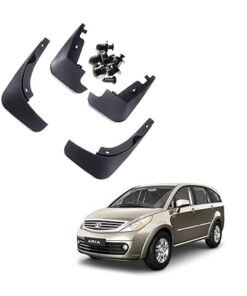
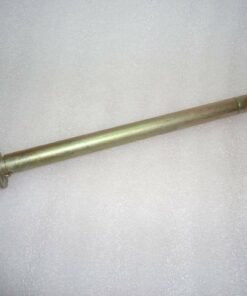

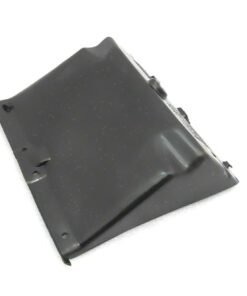
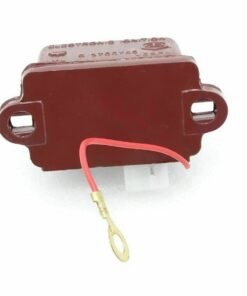





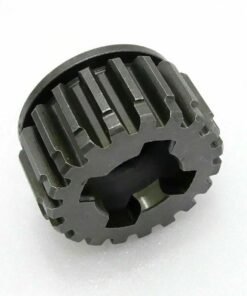

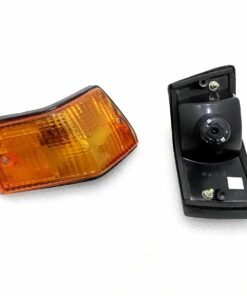


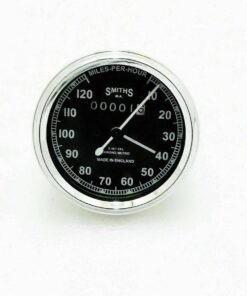






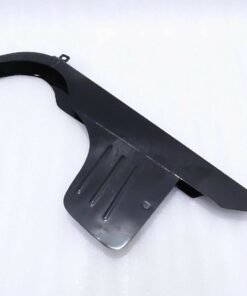

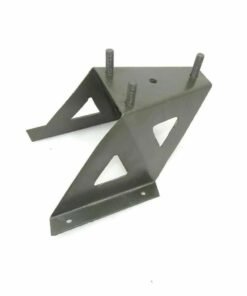
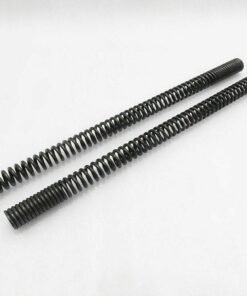
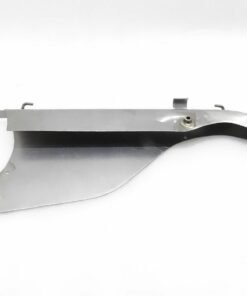
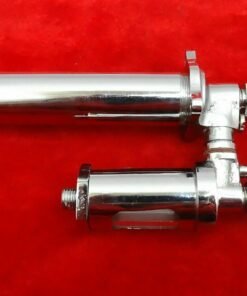


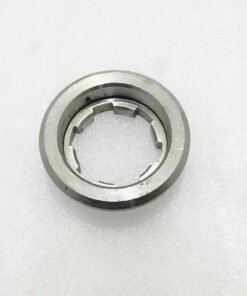

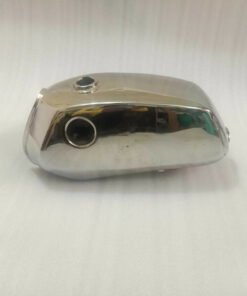


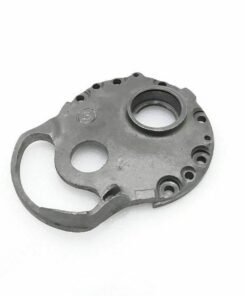

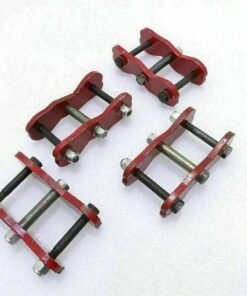
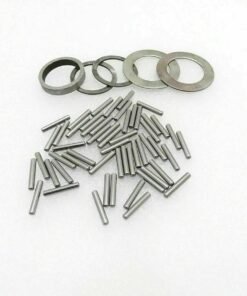
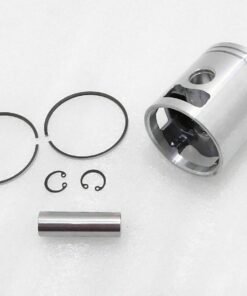
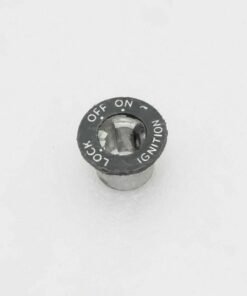
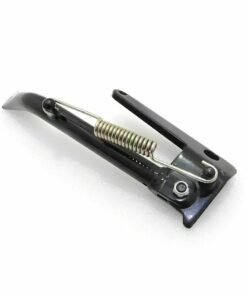

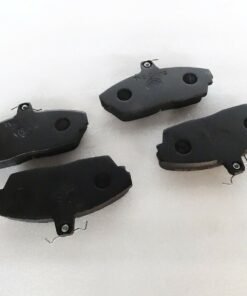
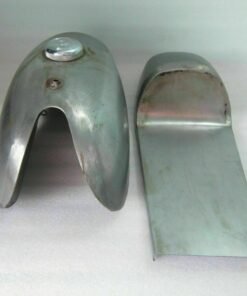
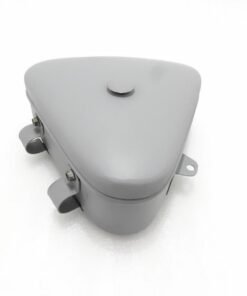

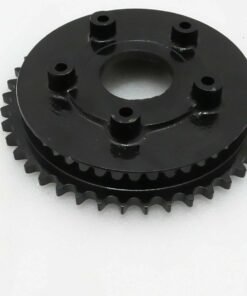


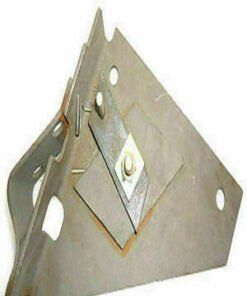


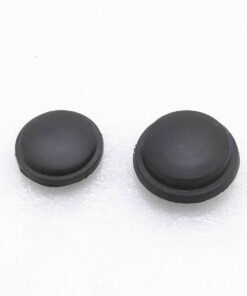
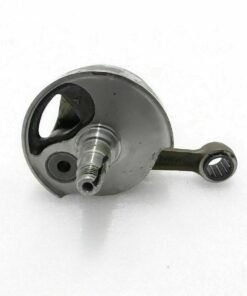


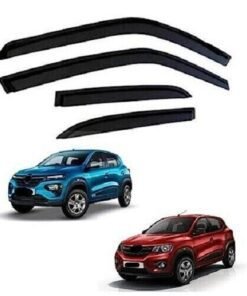
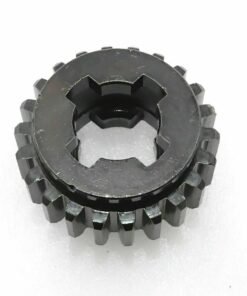
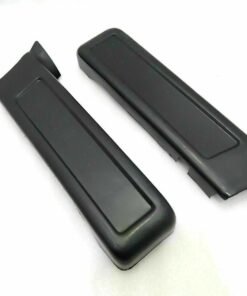
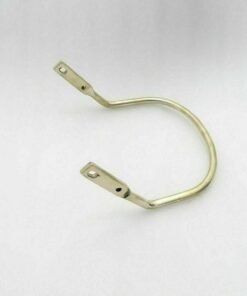
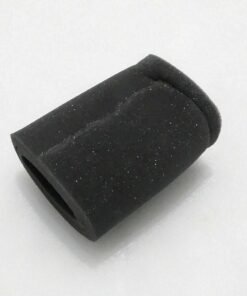

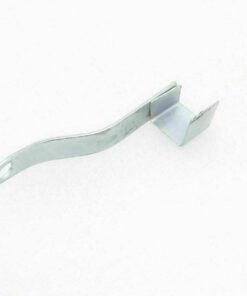
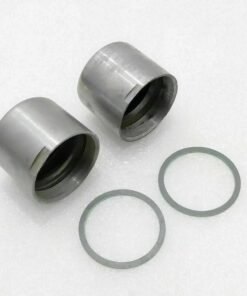
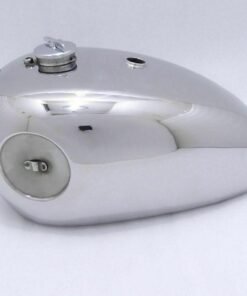


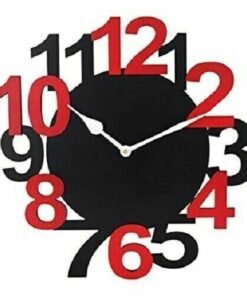
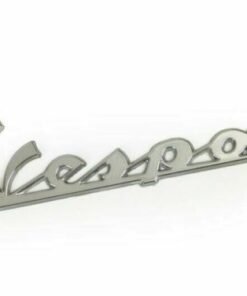

Itís difficult to find educated people about this topic, but you seem like you know what youíre talking about! Thanks